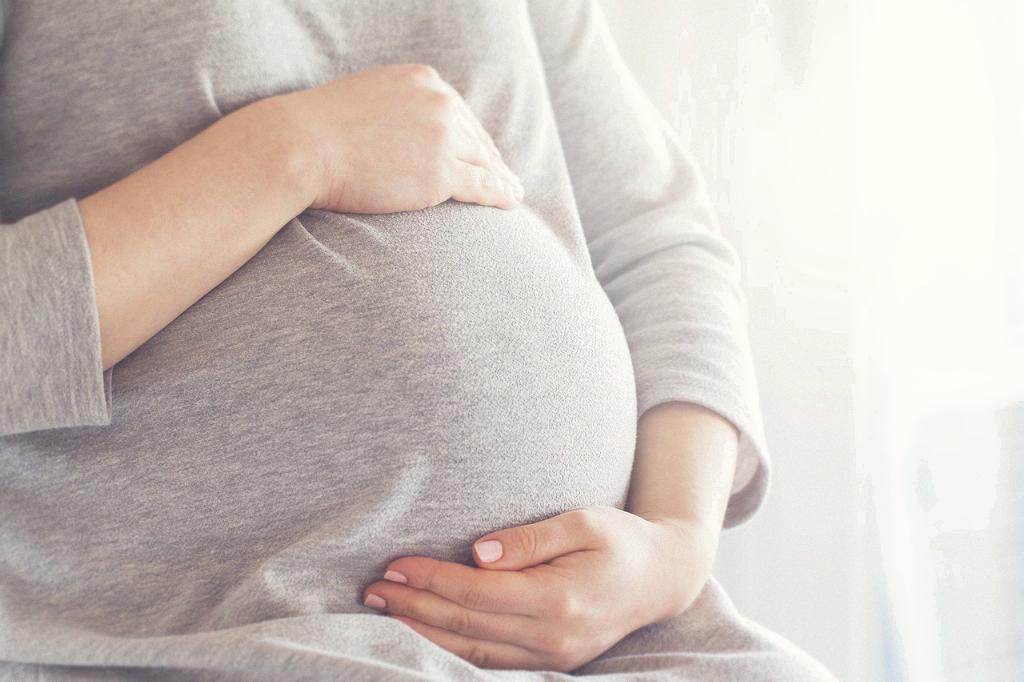At 30 weeks into pregnancy, the positioning of the baby plays a crucial role in the birthing process. During this time, the baby is typically still positioned with the head up, which is known as the breech position. This means that the baby’s head is pointing towards the ribcage rather than down towards the pelvis, which is the ideal position for birth.
While the breech position is common around the 30-week mark, it is important to note that most babies will naturally move into the head-down position in preparation for birth as the pregnancy progresses. This transition usually happens in the weeks leading up to delivery, with the majority of babies assuming the optimal birthing position by the time labor begins.
It is normal for babies to be active at 30 weeks gestation, although the degree of movement may feel slightly different compared to earlier stages of pregnancy. This is often because the growing baby is running out of room in the uterus as it continues to develop and gain weight. As a result, you may notice that the movements are more pronounced but occur less frequently due to space limitations.
As the baby grows and the uterus expands, the amount of amniotic fluid that surrounds the baby also increases. This fluid acts as a cushion, providing protection for the baby and allowing for movement within the confined space of the womb. It also helps regulate the baby’s temperature and aids in the development of the lungs and digestive system.
With the baby’s head still up at 30 weeks, it is essential for expectant mothers to be aware of the potential implications of a breech presentation. While most babies will naturally turn head-down in the weeks leading up to delivery, some babies may remain in the breech position, which can pose challenges during labor and delivery.
For women with a breech baby at 30 weeks, healthcare providers may recommend techniques such as external cephalic version (ECV) to help manually rotate the baby into the head-down position. Additionally, certain exercises and positions can be practiced to encourage the baby to move on its own, increasing the likelihood of a successful delivery in the optimal position.
Throughout the third trimester, monitoring the baby’s movements and position becomes increasingly important for both the mother and healthcare provider. By keeping track of fetal activity and understanding the signs of a breech presentation, expectant mothers can work closely with their medical team to ensure the best possible outcome for labor and delivery.
It is worth noting that each pregnancy is unique, and factors such as the mother’s anatomy, the baby’s size, and the placental location can all influence the baby’s position in the womb. While most babies will naturally assume the head-down position in preparation for birth, it is important to communicate openly with healthcare providers and address any concerns throughout the pregnancy.
At 30 weeks, the baby’s continued growth and development play a significant role in determining their positioning within the womb. As the baby gains weight and matures, their movements and position may change, ultimately leading to the optimal birthing position for delivery.
Overall, being aware of the baby’s position at 30 weeks and monitoring their movements can provide valuable insights into the progress of the pregnancy and help prepare for the upcoming birth. By staying informed and actively participating in prenatal care, expectant mothers can navigate the final weeks of pregnancy with confidence and peace of mind.

